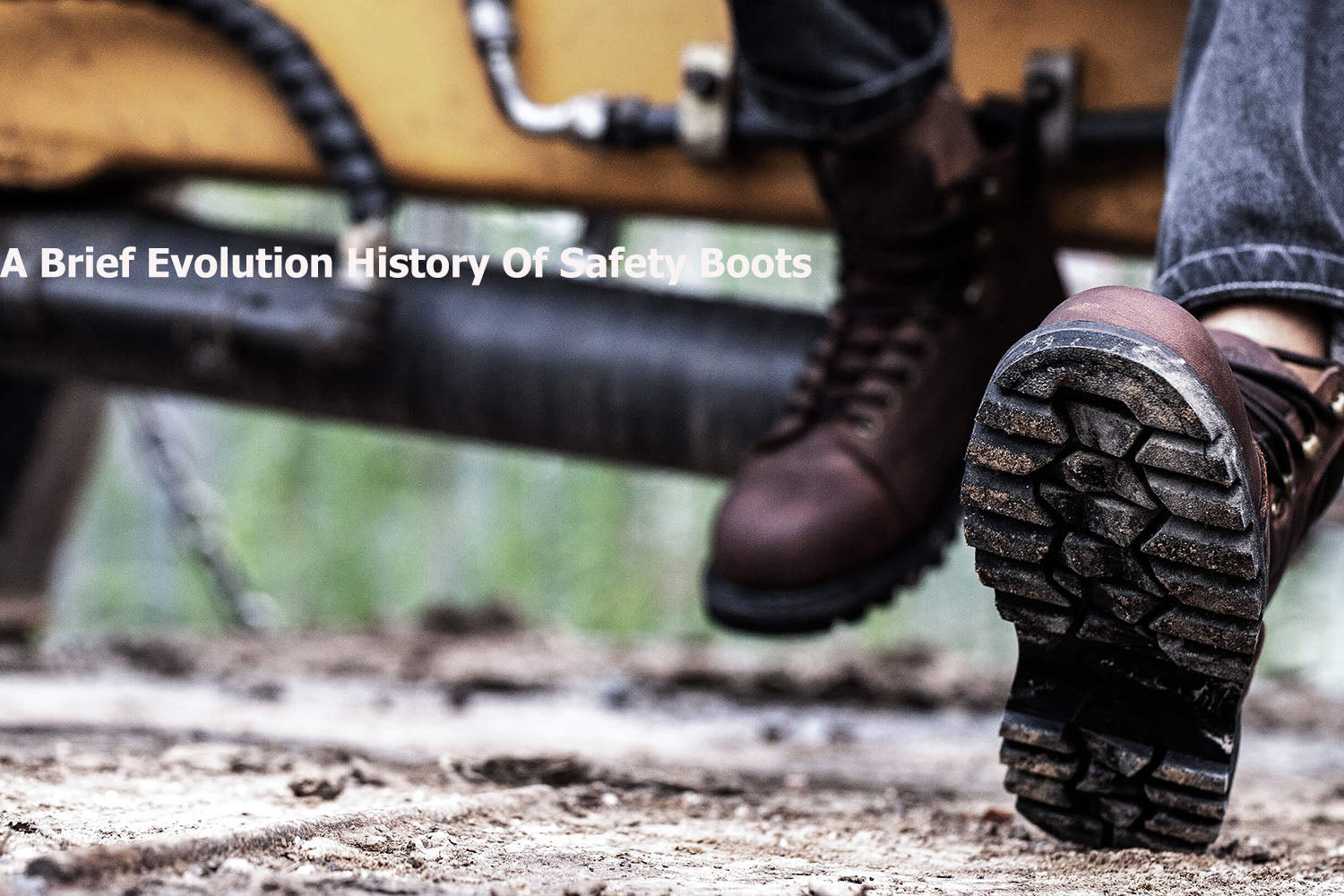 Many of us assume the steel toe shoes we use everyday are a fairly new idea. But did you know the steel toe itself has been around since the 30's and 40's? Today, I'd like to take a brief dive into the interesting history of the steel toe, one of the simplest, and most effective, inventions for worker safety to date.
Many of us assume the steel toe shoes we use everyday are a fairly new idea. But did you know the steel toe itself has been around since the 30's and 40's? Today, I'd like to take a brief dive into the interesting history of the steel toe, one of the simplest, and most effective, inventions for worker safety to date.
Many peoples across the world go bare foot every day, particularly those in warmer climates. As early man colonized more temperate and extreme climates the need for 'footwear' has driven men to devise many ways to cover and protect the foot. Even in this day,Non-Safety Work Boots are normal,but how to know what boots can protect people from harm?
The outsole is the layer in direct contact with the ground and be made of rubber or synthetic materials like Polyurethane. The outsole may be made as a single piece, constructed from separate pieces of materials with different properties. The majority of work boots have a dual density construction, normally two different types of material. The outer material is the tougher hardwearing layer while the inner is softer to provide cushioning along the entire foot bed.The insole is the interior bottom of a boot, which sits directly beneath the foot under the foot bed, known as the sock liner. The insole is attached to the 'lasting' margin of the upper, which is wrapped around the 'last' during the closing of the boot during the final assembly. The insoles are made from a type of paper board or synthetic board. Many boots have removable and replaceable foot beds so adjustments can be made for the wearer who requires additional support to help deal with defects in the natural shape of the foot or positioning of the foot during standing or walking.Extra cushioning elements can be added to improve comfort or deal with moisture, shoe odours or for other health reasons.
The midsole layer sits between the outsole and the insole and is added for shock absorption. Some types of sport shoe add other materials to the heel area for additional shock absorption. Different companies can make use of several different materials for the midsoles, some boots may not have a midsole at all.The protective midsole protects the underneath of the foot from sharp objects in the workplace. The protective insert is added to the midsole area of the boot, and was traditionally made from a shaped piece of steel. Today thanks to the advances in material technology many boots have a Kevlar protective midsole.For a number of decades the protective toe cap of safety boots was constructed from steel. Today composite or non-metal toe caps have become increasingly popular due to their light weight, and are less prone to temperature variations.
Temperature variations in steel toe caps can cause internal condensation making the inside of the boot damp and can cause blisters or foot sores.The heel was added to footwear in the 15th century so horsemen's boots would not slip from stirrups. Today it is commonly used for people using ladders or similar jobs where the extra heel height is advantageous. The heel is often made of the same material as the sole of the boot and for most people a flatter heel is more practical and comfortable for everyday use.Every boot or shoe has an upper part that holds the footwear onto the foot. In a sandal or flip-flop this may be a few straps or a toe post. The modern range of safety footwear including boots, trainers, shoes, hikers and sneakers will have a much more complex upper. This part of the footwear has become the main area to add decoration, and this has been so for centuries marking the transition from functional footwear to 'footwear to be seen in'.
Steel toe boots have been immensely popular with the punk and rivethead genre/sub-generes since as far back as the 60's, a surprising connection that I'm sure these companies were unable to predict. The chunky look and dark leather feel of the boots immediately grabbed their attention, and they haven't looked back since, with the boots still being worn all over the world till this day.



